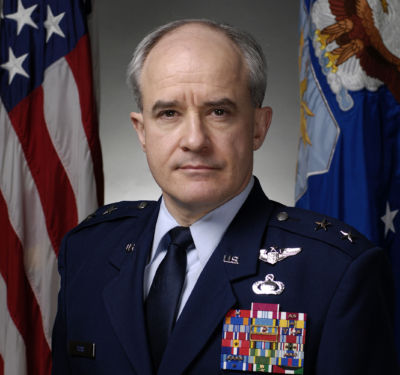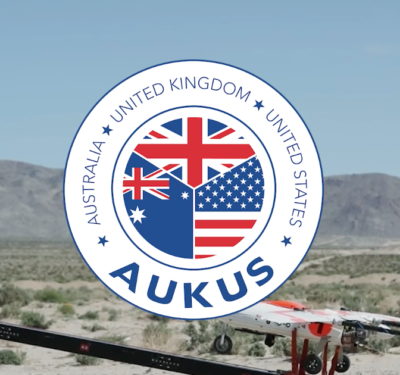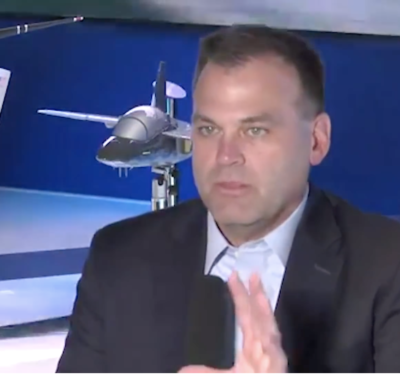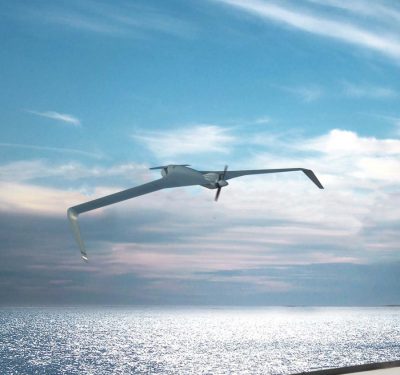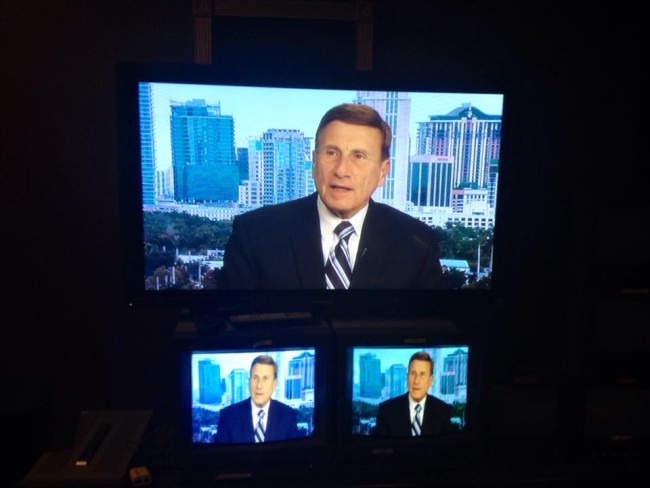
Rep. John Mica
A long awaited rule enabling the widespread operation of small, unmanned aircraft will be finish ed by next June, a top aviation official told lawmakers Wednesday.
Pressed about continuing delays in meeting Congressional milestones for the integration of unmanned aircraft into the national airspace, Federal Aviation Administration Deputy Administrator Michael Whitaker said the rule would be finished by June 2016.
Regulations currently prohibit the private sector operation of unmanned aerospace systems (UAS), more commonly called drones, without a special waiver from the FAA. Though more than 600 such waivers have been granted — and the agency is approving some 50 more a week, Whitaker told lawmakers — frustration and pent up demand is widely seen as fueling an ever-increasing number of illegal operators.
The FAA published on Feb. 15 a proposed rule that would cover operations by commercial UAS that weigh 55 pounds or less. Once the rule is approved, these types of drones would be allowed to fly during the day as long as they remain within the line of sight of their operator and at altitudes below 500 feet. Also referred to as unmanned aerial vehicles (UAVs), these petite machines are expected to support the bulk of drone-based businesses in the near future.
The rule was supposed to be completed by the end of this fall, pointed out representative Rep. John Mica, R-Fla.
“I put milestones in the (FAA Modernization and Reform Act of 2012), which was September of this year. It’s not going to be met. We’re operating on sort of a helter-skelter basis with waivers and exemptions,” Mica told Whitaker during a hearing of the House Committee on Oversight and Government Reform.
Whitaker said he expected the FAA to complete its review of the roughly 4,500 comments it received on the rule by the end of this December. It would then be ready to circulate the draft language among the many interested government agencies for comment. The rule would be finished within a year, he said.
“Is that going to be September 30, 2016 or is that going to be June 17, 2016?” asked Mica.
“Hopefully before June 17,” Whitaker responded.
“Okay so that’s one year from today,” said Mica. “We’ll note that in the record and I expect to schedule a hearing in June of next year and we’ll see how it doing there.”
Mica then asked Whitaker if the agency needed more money — particularly to help speed the certification of new equipment with sense and avoid technology.
“We’re going to have to have some mechanism to make certain that, in fact, the equipment that can avoid risk, avoid a disaster, avoid a collision is certified in a manner,” said Mica. “Do you have a separate office certify this type of equipment?
“We certify aircraft on a number of fronts,” replied Whitaker.
“I hear lots of complaints, — how long it takes for certification, how further behind we’re falling behind,” said Mica. “But we’re doing an FAA bill. We are doing an FAA appropriation. We need to make certain that you have the resources. That you’ve set in place a mechanism to quickly certify the technologies or do it in some reasonable fashion,” Mica told Whitaker. “The problem you’ve got now is by the time they get the damn technology done, and you get it approved, there will be another technology right behind it that’s even faster. So we’re falling further behind in our certification of equipment that will avoid disaster.”
Mica invited Whitaker to come back to Congress with a request for resources and/or recommendations on how to organize the new certification process including putting it on a separate track.
“If this is all rolled into FAA’s normal certification,” said Mica, “I don’t think it’s going to succeed.”


